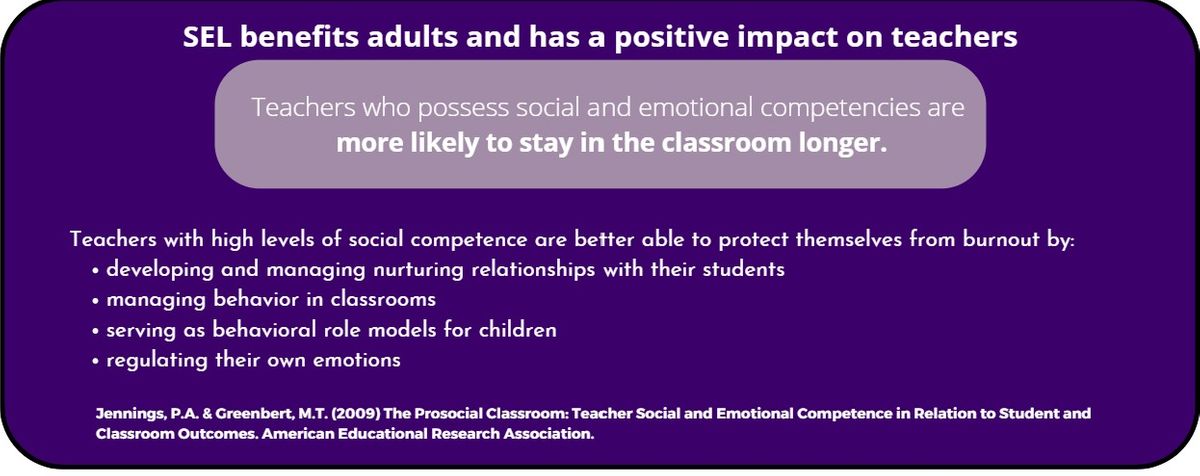Transforming School Culture
Through mindfulness, positive psychology in education & SEL/SEAD

Welcome to Mindful SEAD
Our Mission
Mindful SEAD inspires innovative teaching and learning through mindful practices by fostering community, personalized learning, developing leadership and embracing each individual’s unique genius. We are a not-for-profit organization whose mission is to teach youth and adults through preventative mental health programs to become mindful as they manage their emotions, gain perspective and have an understanding of those around them.

Our SEAD Champions share their insights on the impacts of SEL initiatives in their schools.
Our Programs

Student outcomes won't change until adult behaviors change.
It is imperative that educators and parents practice their own mindful awareness and self- management in order to be a positive model for children and teens.

aka Pay Attention
Mindfulness means paying attention in a meaningful way. Mindfulness has been scientifically proven to be one of the most effective ways to optimize learning through the deep development of cognition and metacognition.
Mindfulness is a foundation for education; mindfulness provides the optimal conditions for learning and teaching and also supports all pedagogical approaches.
Social Emotional Learning
Social-emotional learning (SEL), as defined by the Collaborative for Academic, Social, and Emotional Learning (CASEL) is “the process through which children and adults acquire and effectively apply the knowledge, attitudes, and skills necessary to understand and manage emotions, set and achieve positive goals, feel and show empathy for others, establish and maintain positive relationships, and make responsible decisions.”1
Often taught in the classroom, social-emotional learning gives tomorrow’s workforce the tools for success, while educators find it contributing to a positive school climate and increased academic success. Beyond immediate outcomes in the classroom, SEL prepares employees to solve problems, manage emotions, and communicate.
1 “What Is SEL?” The Collaborative for Academic, Social, and Emotional Learning, www.casel.org/what-is-sel/

Donate Today
We are a not for profit organization working with educators and families throughout the United States. Please donate to support the continuation of this work. Contact us if you have an organization that would like to be a part of the Virtual SEADLink.










